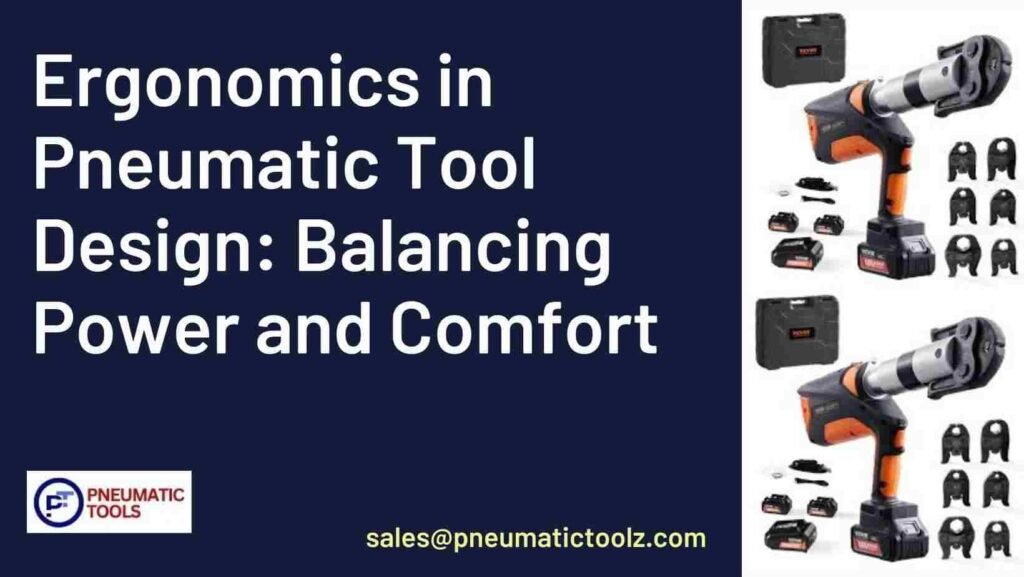Stop Wasting Money! Choose the PERFECT Air Compressor for Your Needs (2025 Guide)
Don’t let the wrong air compressor hold your tools back – find your perfect match today! The Hidden Cost of Choosing the Wrong Air Compressor Is your impact wrench struggling to deliver full torque? Does your paint sprayer sputter instead of providing smooth coverage? These are telltale signs you’re using the wrong air compressor. Every […]
Stop Wasting Money! Choose the PERFECT Air Compressor for Your Needs (2025 Guide) Read More »










